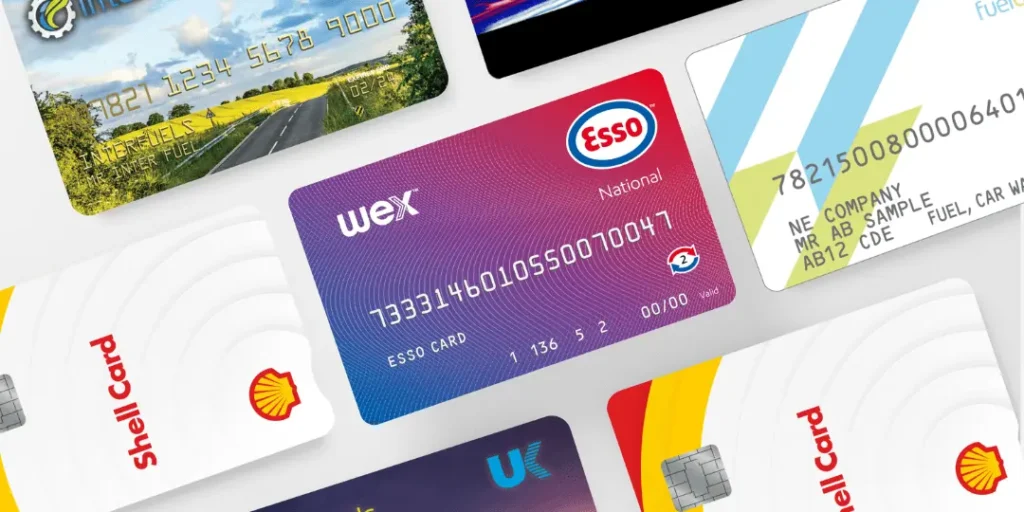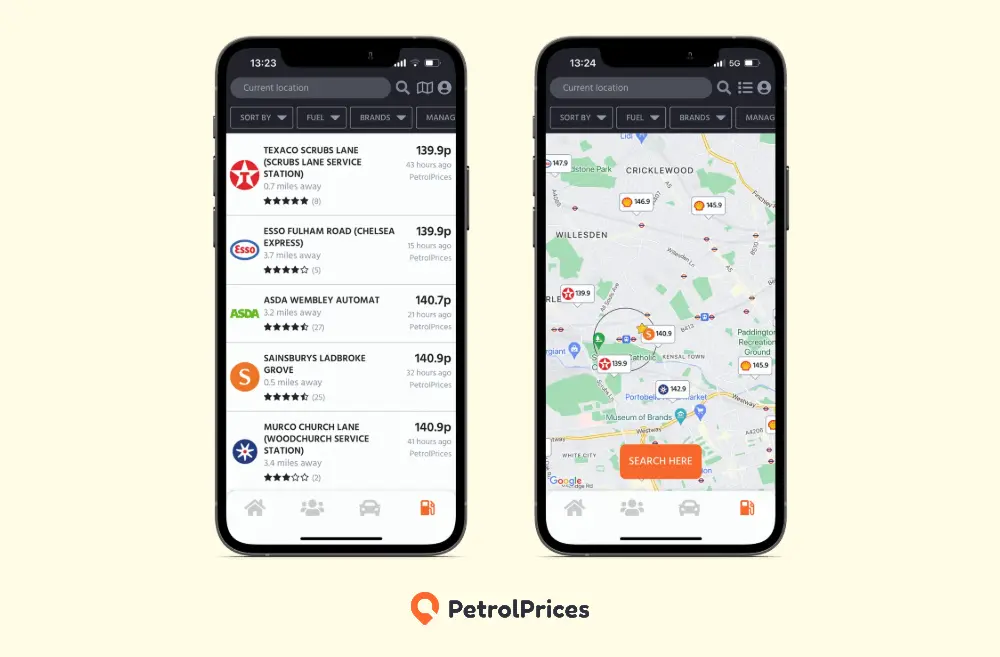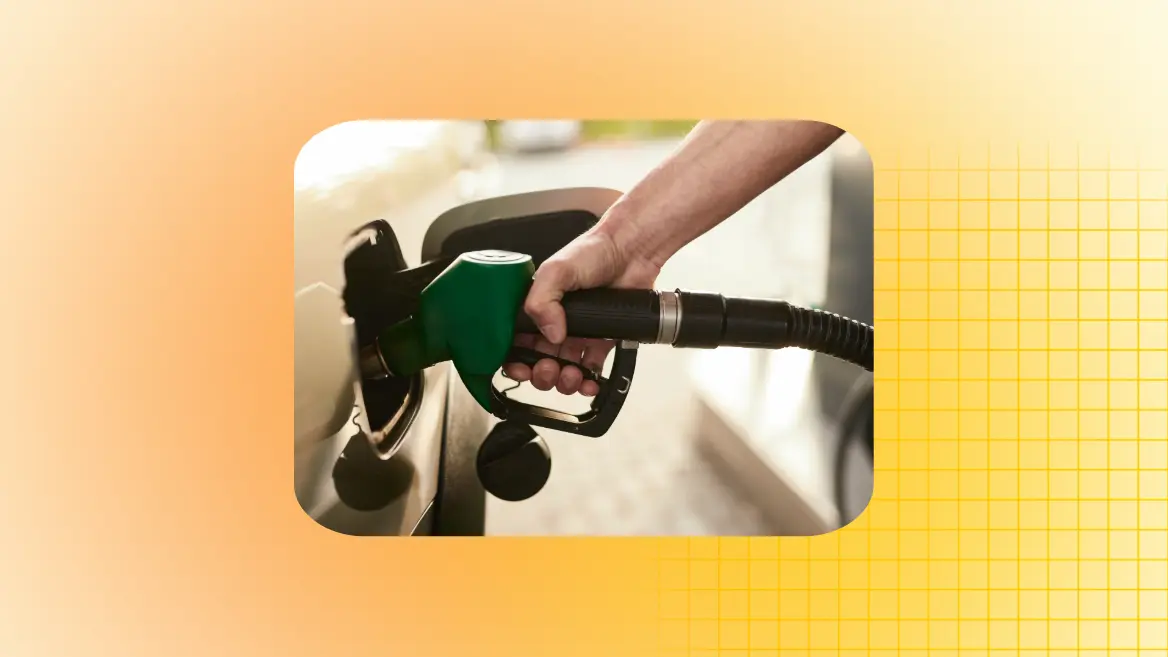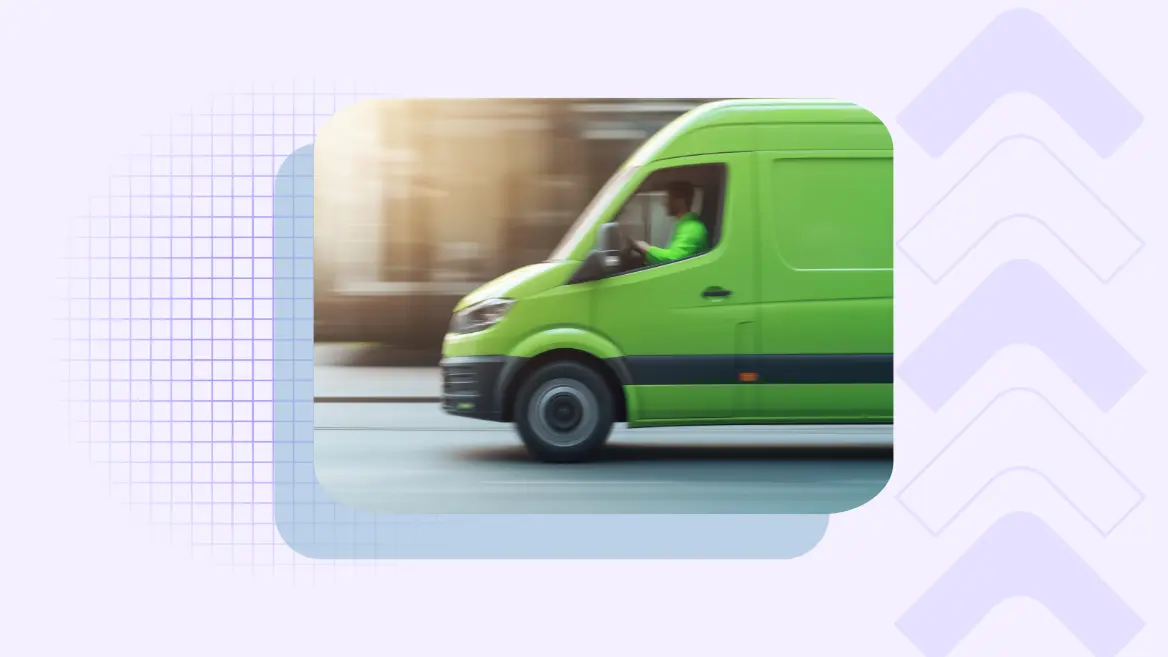Fuel costs are one of the biggest ongoing expenses for owner drivers. When prices at the pump shoot up, they can quickly eat into your earnings.
But you’re not powerless. Whether you’re just starting out or looking to get more from your courier work, a few smart choices can help you manage higher fuel prices and keep more money in your pocket.
What we’ll cover
Get access to 15,000+ courier loads a day on Courier Exchange
Be your own boss. Set your own hours. Make your own money.
Why fuel price matters for owner drivers
As an owner-driver courier, you rely on your van every day. Every extra mile adds up. And when fuel prices rise, that daily cost jumps with it.
Even a small increase can make regular jobs less profitable. That’s why it pays to stay on top of your fuel spend—and take steps to bring it down where you can.
Build better habits to reduce fuel use
Cutting fuel costs often starts with how you drive and care for your van. You don’t need to make big changes all at once.
But the small things you do each day can make a real difference over time.
Watch your driving style
Aggressive driving burns more fuel. So does sitting in traffic with the engine idling.
Aim for smooth acceleration and gentle braking. Use cruise control when you’re on longer runs. Keep your revs steady rather than flooring it at every green light. It all helps reduce your fuel burn, especially on long-distance owner-driver courier jobs.
Keep your van well maintained
When your van’s in good condition, it runs more efficiently. Check your tyre pressure regularly and top it up when needed. Under-inflated tyres increase drag and lead to higher fuel use.
Stick to your servicing schedule too. Dirty air filters and worn-out oil can mean your engine works harder—and uses more diesel.
And if you want to get more mileage out of your fuel, consider remapping your van’s engine at your local garage. A few small tweaks could save you a lot on fuel in the long run.
These checks are small jobs, but they’re worth doing. They’ll help reduce your overall courier van diesel costs without needing to change your van or route.
Compare fuel card options for better rates
Fuel cards aren’t just for big fleet operators. Many courier fuel cards are set up for single-van drivers, offering discounts at popular fuel stations and fixed weekly pricing.
These cards help you budget better, especially when fuel prices jump around. You’ll often get access to lower rates than what’s listed at the pump, and you can track your spending in one place.

Some fuel cards are designed for couriers using platforms like Courier Exchange. Others come with mobile apps that show nearby stations and current prices.
Look out for:
- No monthly or transaction fees
- Good station coverage on your routes
- Weekly price updates so you can plan ahead
If you’re just starting out, comparing a few options is a good idea. There are plenty of tools online that can help with this.
Use real-time tools to track fuel price changes
Fuel prices can vary wildly from one town to the next. Even within the same area, different stations can charge very different rates.
Knowing where to fill up can save you a fair bit over the course of a week. And there are some handy apps out there that make this easy.
Best apps for finding cheap fuel
Apps like PetrolPrices and Waze let you compare fuel stations near you. You can filter by fuel type, location, and price. These tools are especially useful if you cover long-distance loads and often travel new routes.

Some apps update prices daily, so you can plan your stops before heading out.
Using these tools alongside your courier vehicle tracking software can help you work smarter—combining route planning with fuel savings.
Planning routes around higher fuel prices
If you often drive through certain areas with known high prices, it may be worth adjusting your route. This doesn’t always mean going out of your way—just shifting your fuel stops to better-priced stations en route.
Pair this with your load planning and drop-off timings to make sure you’re not wasting time. It’s all about being efficient with where, when, and how you drive.

Consider your van’s long-term fuel impact
Not all vans use fuel the same way. Your choice of vehicle will influence your ongoing fuel spend more than any driving habit.
If you’re in the market for a van, think about fuel economy as well as size and load type. You don’t always need a brand-new vehicle either. A well-kept second-hand courier van can be just as reliable—and cheaper to run.
Fuel-efficient models and electric vans are becoming more common on the courier scene. And with rising fuel prices, many drivers are weighing up the long-term savings they offer.
Choosing the right van for the work you do
A smaller van might make more sense if you do short local runs. But if you’re covering distance with heavier loads, a medium-sized diesel may still be the better bet.
It comes down to balancing fuel economy with your typical work. There’s no one-size-fits-all answer—but choosing a courier van carefully can help lower your costs over time.
Know how to quote for fuel costs
If fuel costs are going up, your pricing needs to reflect that. Too many new drivers underquote, thinking it’ll help them win work.
But if you’re losing money on each run, your business won’t grow.
Take a close look at your mileage, fuel spend, and how long jobs take you. Then factor that into your quotes. If you’re using platforms like CX, tools like the mileage calculator can help you avoid underpricing.
Use the same logic when reviewing jobs posted by shippers. If the rate doesn’t cover your time and fuel, it’s okay to pass.
Take the time to learn about pricing your courier jobs properly. It’ll pay off in the long run.
Frequently asked questions
What’s the average weekly spend on fuel for couriers?
This depends on your mileage, van type, and fuel prices in your area. But many owner drivers spend between £100 and £250 per week on fuel. That figure can jump quickly when fuel prices spike.
Are fuel cards worth it for part-time couriers?
Yes, in most cases. Even if you’re not doing high mileage, the fixed pricing and tracking features help. Some courier fuel cards are free and come with no minimum usage requirements.
Do electric vans save money on fuel?
They can, especially if you do lots of stop-start urban driving. While the upfront cost is higher, lower running costs and access to clean air zones can make them a solid option over time.
Can I offset fuel costs as a self-employed courier?
Yes. You can claim for your courier van diesel costs as allowable business expenses on your tax return. Speak to a professional if you’re unsure what records to keep.
How often do fuel prices change in the UK?
They can change daily based on wholesale prices, taxes, and global markets. Using tracking apps helps you keep ahead of price spikes in the areas you cover.




